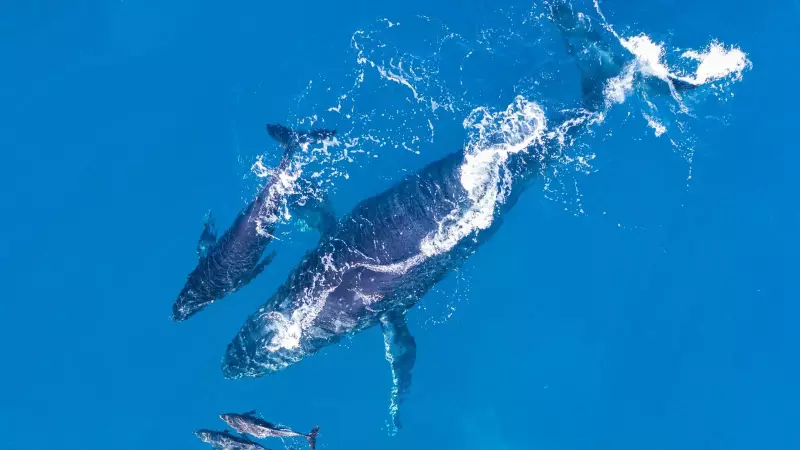
In a landmark study that could reshape our understanding of cancer and aging, scientists have decoded the biological secrets of the bowhead whale, the planet's longest-living mammal. Published in the journal Nature in November 2025, the research provides a clear genetic explanation for how these giants of the ocean can live for more than two centuries while almost never developing cancer, despite having trillions of cells.
Defying Peto's Paradox: The Whale's Mystery
The research tackles one of biology's biggest puzzles, known as Peto's Paradox. This principle suggests that larger animals with more cells should, in theory, have a higher risk of cancer because there are more opportunities for DNA mutations to occur during cell division. Yet, nature defies this logic. The bowhead whale, with its immense size and extraordinary lifespan, stands as a powerful contradiction to this theory.
The international team of scientists, led by Vera Gorbunova, Andrei Seluanov, and Jan Vijg from the University of Rochester and Albert Einstein College of Medicine, set out to answer a critical question: With so many cells and so much time for errors to accumulate, how do bowhead whales stay healthy for so long?
Superior DNA Repair, Not Weaker Defenses
The investigation began by testing if whale cells were simply more tolerant of mutations. Researchers deliberately introduced cancer-causing mutations into both whale and human cells. Surprisingly, whale cells required fewer mutations to become malignant. However, this was not the full story.
The crucial finding was that whale DNA naturally accumulates far fewer spontaneous errors. This pointed not to a weaker defense system, but to a superior DNA repair mechanism. The team discovered that the rate at which whale DNA mutates is significantly lower than in human DNA.
The "Mirror Melting" Repair Mechanism
A major source of dangerous mutations is a 'double-strand break', where both strands of the DNA helix snap. Cells typically fix this using a process called non-homologous end joining (NHEJ). In humans, this is often a hasty 'quick fix' that can leave errors, akin to gluing a broken mirror back together and still seeing the cracks.
The study reveals that bowhead whales excel at this process. Their cells perform NHEJ with remarkable precision. The research suggests their repair is so efficient it's like melting the mirror back together seamlessly, leaving no trace of the break.
At the heart of this ability is a protein called CIRBP (cold-inducible RNA-binding protein). While humans also have this protein, the whale version operates with far greater efficiency. In a promising experiment, when scientists inserted the whale's version of CIRBP into human cells, the human cells became significantly better at repairing DNA and accumulated fewer mutations.
Major Implications for Human Health
This discovery has profound implications for human cancer research and the quest for longevity. It reinforces the idea that evolution has already developed sophisticated solutions to complex problems like cancer, and they are hidden within the animal kingdom. By studying these exceptional creatures, we can uncover new pathways to bolster our own defenses against disease and aging.
The collaborative research involved experts from Johns Hopkins University, MD Anderson Cancer Center, Harvard Medical School, and several other leading institutes across the US and Europe, marking a significant step forward in comparative genomics and medical science.





